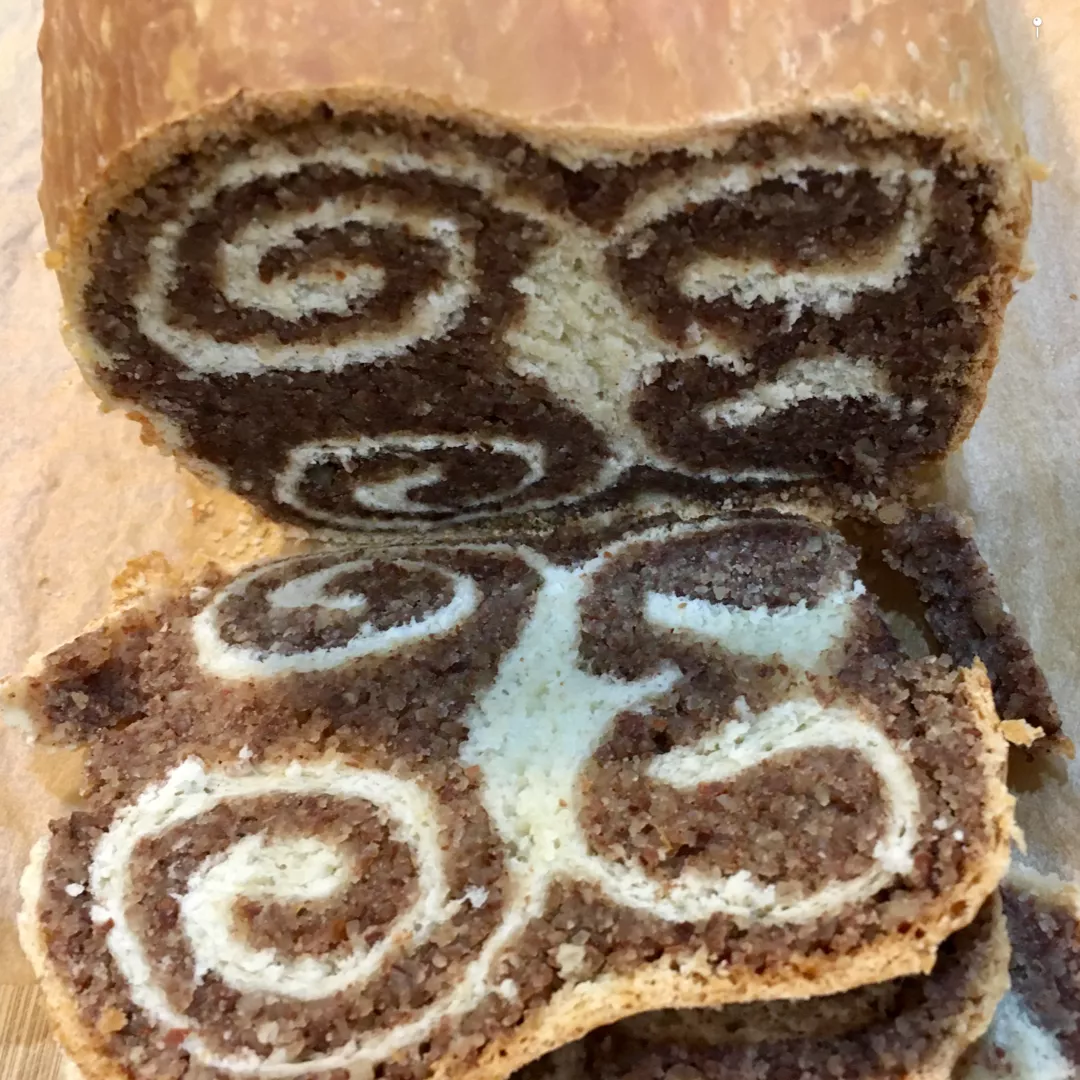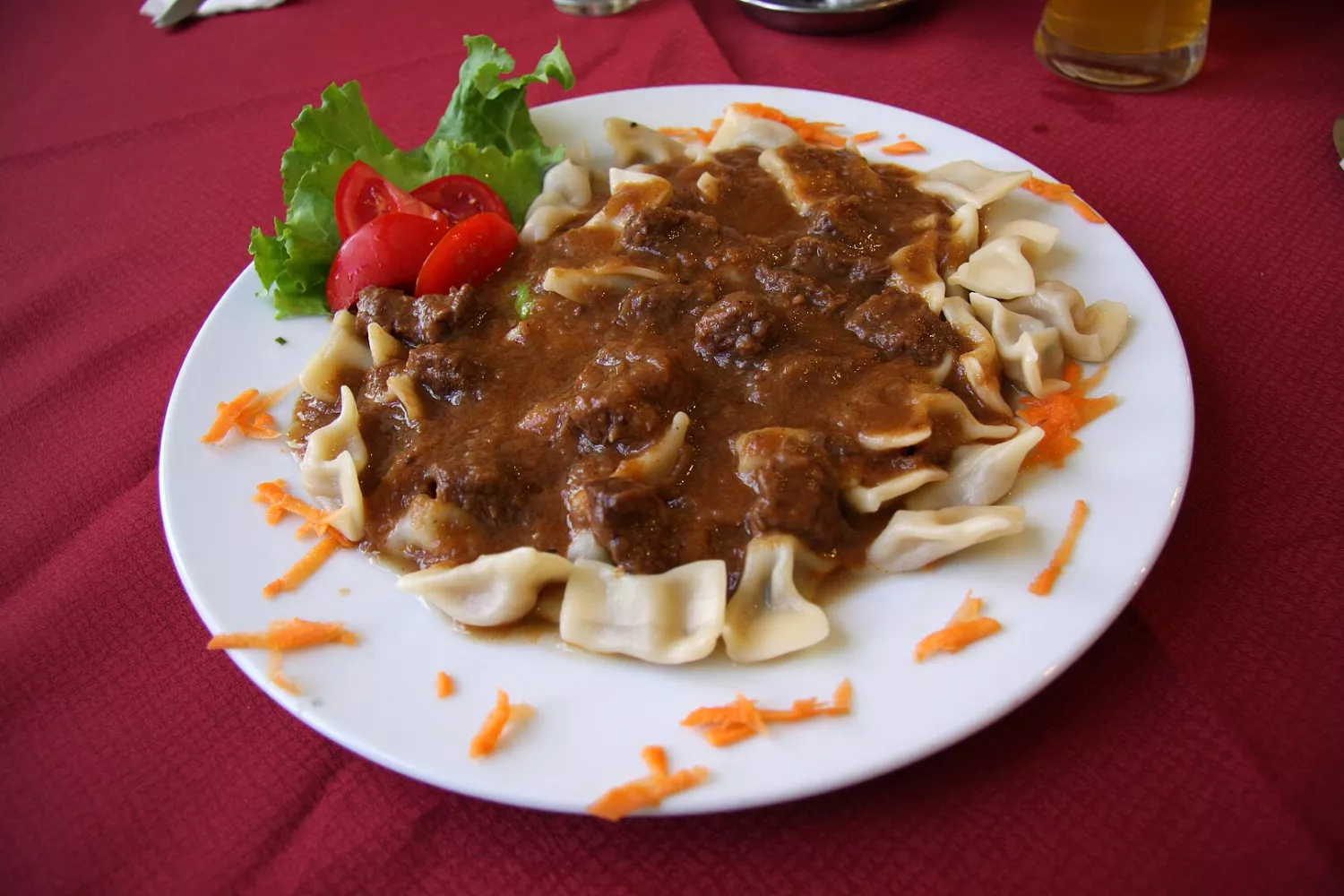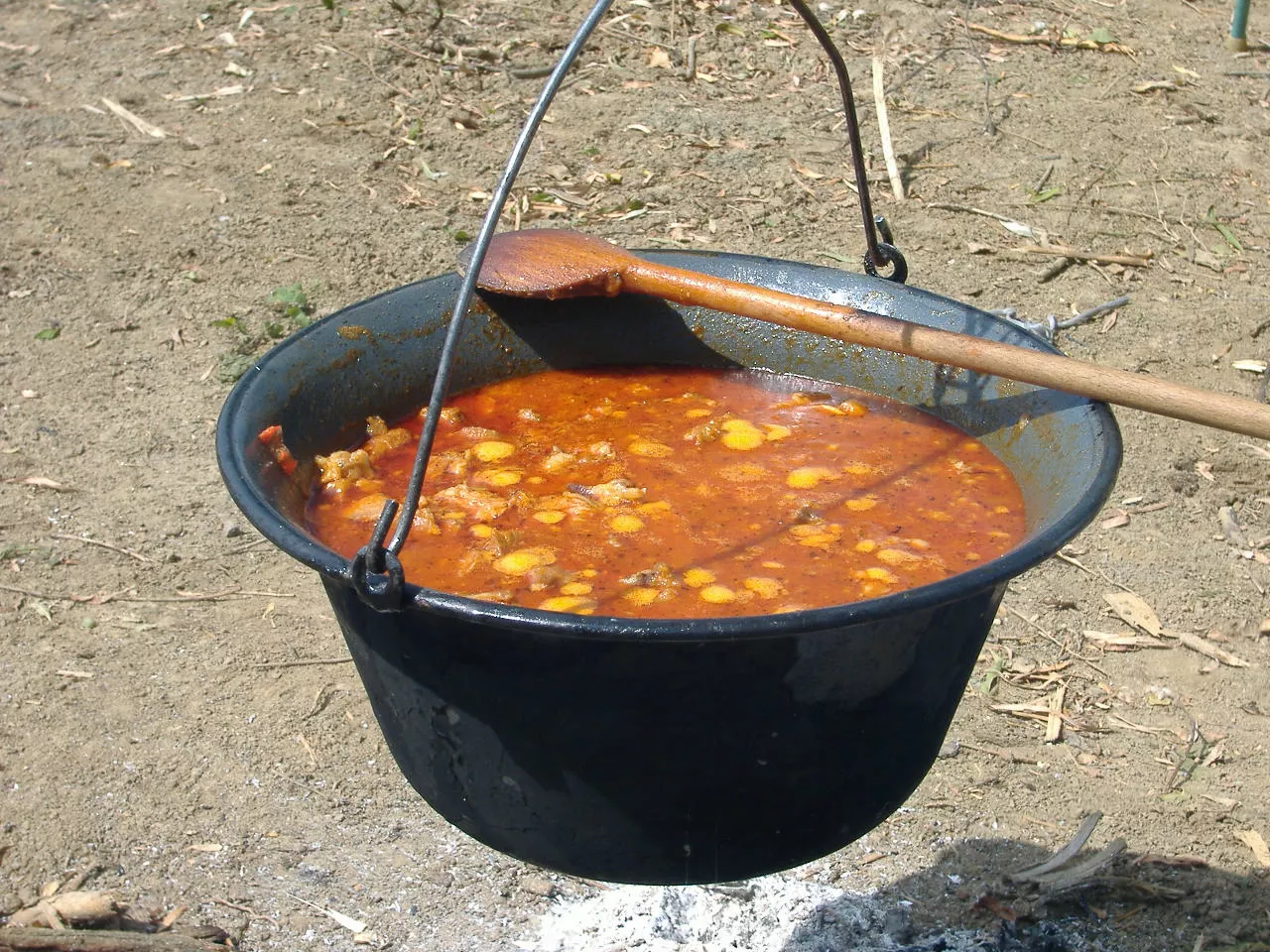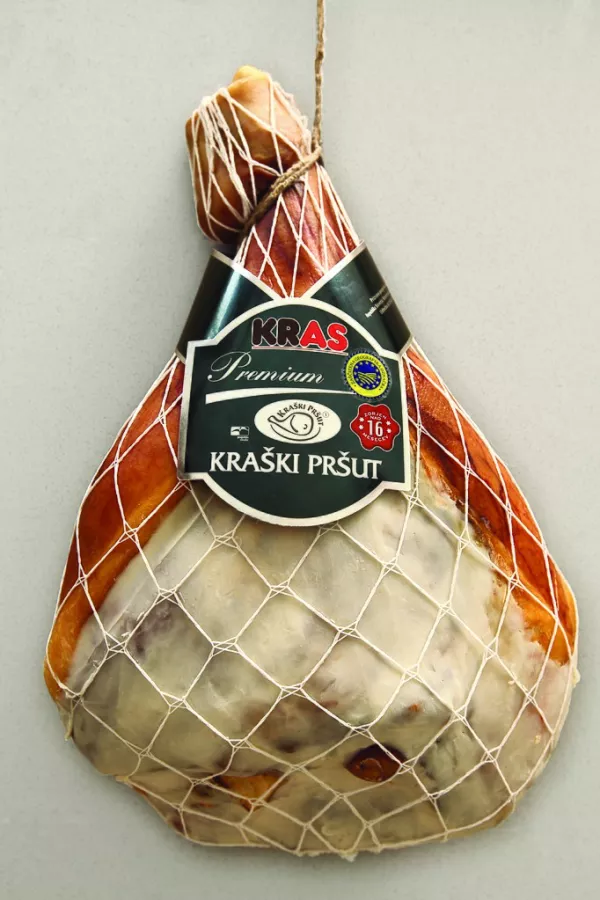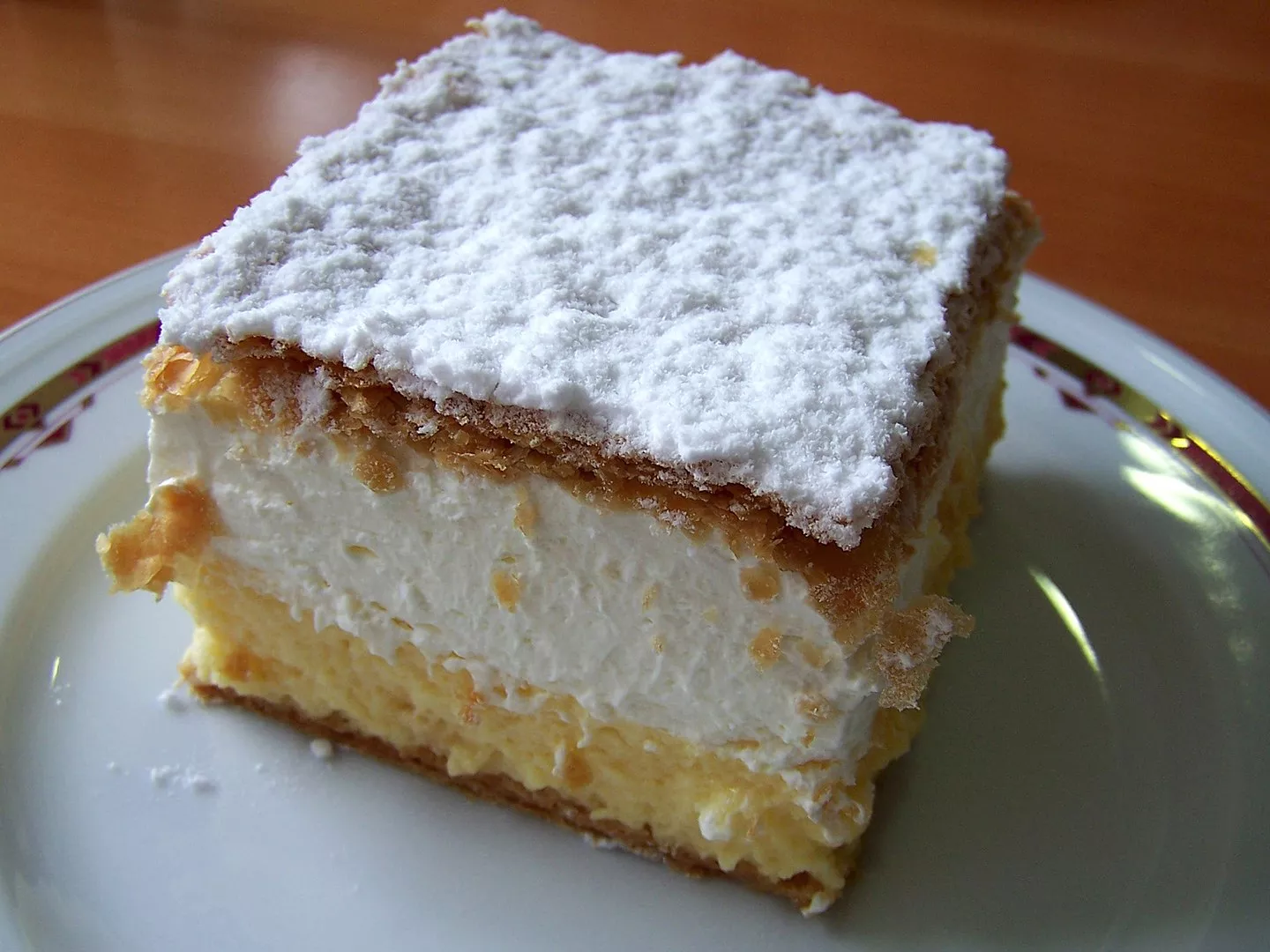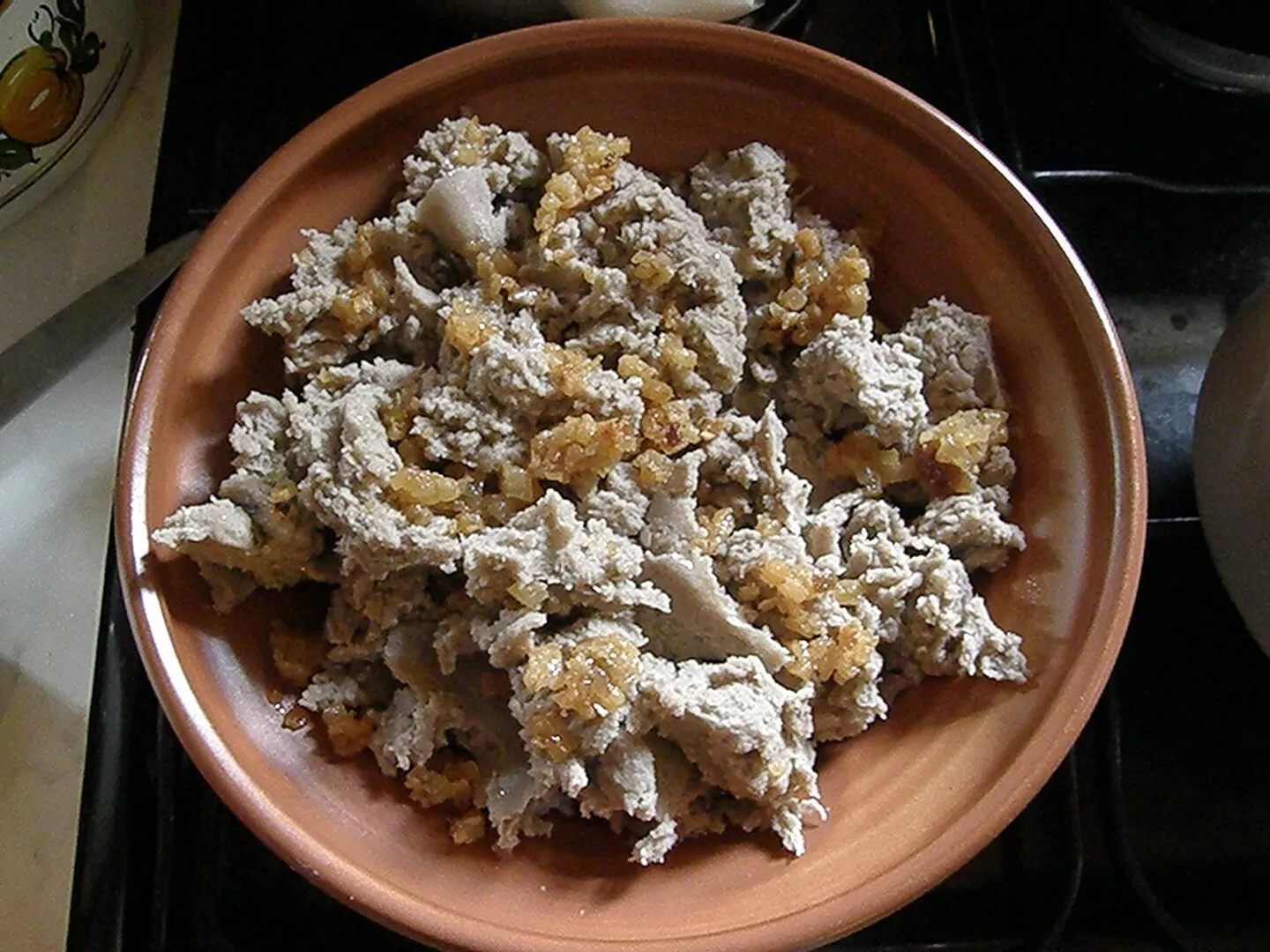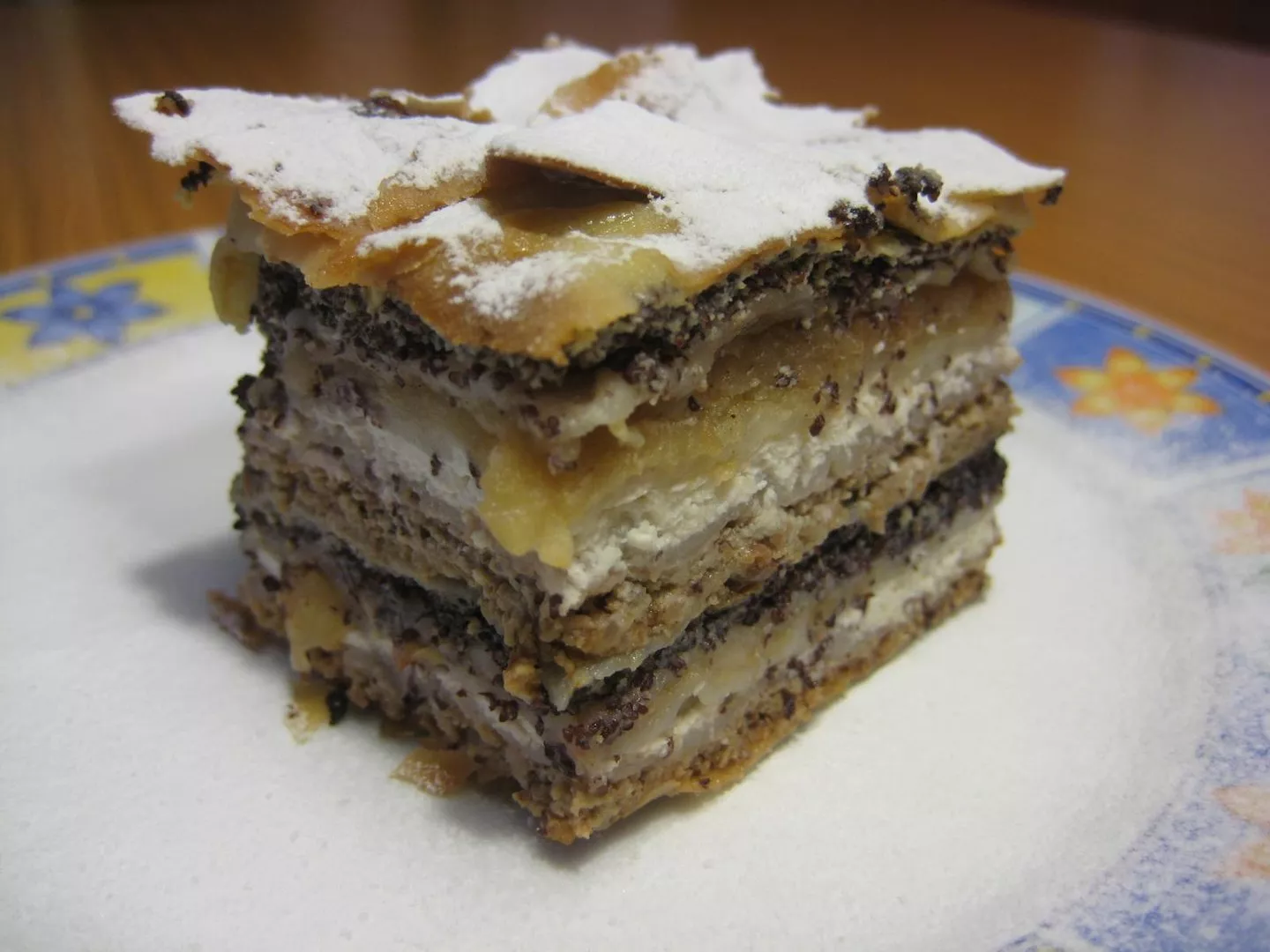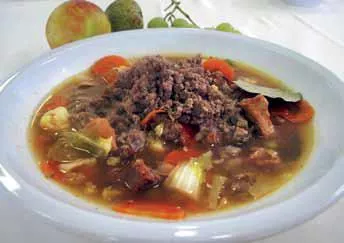Exploring Slovenian Gastronomy: A Delectable Tour of Slovenia Food
Situated amidst Europe's picturesque landscapes, Slovenia beckons food enthusiasts on a unique culinary journey across the country. Each region boasts its own typical Slovenian food, showcasing a rich tapestry of flavors waiting to be savored. While the capital, Ljubljana, offers a diverse culinary scene, the true essence of Slovenian cuisine is best experienced in tourist farms and old village inns. Don't forget to explore the mountain cabins nestled in Slovenia's majestic mountains, where traditional dishes are prepared according to age-old recipes.
Slovenian cuisine stands out for its meticulous preparation process, the use of local and fresh ingredients, and the harmonious blending of flavors that give each dish its distinct character. Slovenes take pride in their culinary heritage, with many dishes holding a protected geographical mark, representing the country's gastronomic diversity on a global scale.
Throughout the year, Slovenia hosts various festivals and culinary events, celebrating the rich tapestry of flavors that define Slovenian food. From hearty stews to delicate pastries, Slovenian cuisine offers a delightful journey for the taste buds. Influenced by its neighboring cultures, Slovenian dishes showcase a unique blend of flavors, making it a true gastronomic delight for visitors.
From top-quality cheeses and cured meats to high-quality wines and honey, Slovenia's marketplace and specialized stores offer a plethora of homemade products that embody the country's culinary traditions. With its diverse landscape, climate, and history, Slovenia's cuisine reflects the country's rich cultural heritage, making it a must-visit destination for food lovers around the world.
Table of Contents
Hide
Potica - Cake
Potica, a revered centerpiece of Slovenian culinary heritage, holds a place of pride in every Slovenian household, especially during festive seasons like Christmas and Easter. Dating back to the 16th century, potica emerged as a symbol of celebration, initially enjoyed by the upper class before winning the hearts of peasants across the land.
This delectable cake comes in over 60 variations, each boasting a unique filling ranging from traditional choices like walnuts, hazelnuts, and poppy seeds to more modern twists like chocolate. Regardless of the filling, potica remains a cherished part of Slovenian cuisine, earning the honor of being featured twice on Slovenian postage stamps.
Although readily available in supermarkets and restaurants, homemade potica is revered as the pinnacle of perfection, lovingly crafted by Slovenian housekeepers following age-old recipes. The process of making potica is not merely a culinary task but a cherished tradition passed down through generations, with grandmothers and mothers playing a pivotal role in imparting their wisdom to the next in line.
This revered pastry, with its protected status as a guaranteed traditional specialty, symbolizes the essence of Slovenian culinary tradition, offering a taste of history and heritage in every bite. Whether enjoyed during festive occasions or as a gesture of love and hospitality year-round, potica continues to hold a special place in Slovenian hearts, embodying the spirit of tradition and togetherness that defines Slovenian culture.
Štruklji
Štruklji, a beloved staple of Slovenian cuisine, embodies the essence of tradition and flavor in every bite. These rolled dumplings, made from a delicate dough, are filled with a tantalizing array of ingredients, ranging from savory to sweet. Whether it's cottage cheese, walnuts, apples, or poppy seeds, štruklji offers a diverse palette of flavors that delights the taste buds.
Found in kitchens across Slovenia, from cozy home settings to bustling restaurants and rustic mountain huts, štruklji is a versatile dish enjoyed throughout the year. Its preparation can vary, with options to bake, cook, steam, or boil the dumplings to perfection. One unique variation of štruklji, featuring fresh tarragon filling, gains popularity during the spring and summer months, adding a refreshing twist to this classic dish.
Historically, štruklji was reserved for special occasions, marking the end of hard labor on farms during celebrations and festivities. However, its popularity surged in the 20th century, making it a cherished everyday dish in households across Slovenia.
The origins of štruklji date back to the 16th century, with the first recorded recipe documented in 1589 in Graz. Over the centuries, štruklji evolved from a festive treat for the urban middle class to a beloved dish embraced by rural households.
Whether enjoyed as a main course or a side dish, štruklji reflects the culinary diversity of Slovenia's geographical regions, with each area boasting its own unique recipe. Whether made with leavened or phyllo dough, štruklji captivates the senses with its rich flavors and cultural significance, making it a quintessential part of Slovenian gastronomy.
Kranjska Klobasa - Carniolan Sausage
Kranjska Klobasa, known internationally as Carniolan Sausage, is a quintessential Slovenian delicacy hailing from the historical region of Carniola, now known as Kranjska. With its roots dating back centuries, this sausage boasts a perfect blend of coarsely ground pork cuts and bacon, seasoned with a mix of Sečovlje salt, black pepper, and garlic.
Crafted meticulously, Kranjska Klobasa is stuffed into natural casings, forming sausages that are twisted into links and held together by wooden skewers. These sausages undergo a process of pasteurization and hot-smoking, resulting in a delightful reddish-brown hue and a mild, smoky aroma that tantalizes the senses.
Traditionally served alongside sauerkraut and mustard, Kranjska Klobasa is a cherished part of Slovenian culinary heritage. Whether enjoyed fresh or lightly smoked, this sausage remains a beloved favorite, embodying the rich flavors and traditions of Slovenia's gastronomic landscape.
Idrijski žlikrofi
Idrijski žlikrofi, a cherished gem of Slovenian cuisine, trace their origins back to the picturesque town of Idrija. These traditional dumplings, crafted with precision and care, consist of a delectable potato filling encased in two layers of thin pasta dough. Their charming bicorne hat shape adds to their allure, making them not only a culinary delight but also a visual feast.
Dating back to the mid-19th century, the recipe for Idrijski žlikrofi has stood the test of time, remaining one of Slovenia's most beloved dishes. Honored with the prestigious EU protected geographical status in 2010 as a Traditional Speciality Guaranteed, Idrijski žlikrofi hold a special place in Slovenian culinary heritage.
Traditionally prepared on special occasions, these dumplings are served either as a side dish to meats or as a standalone delight, adorned with a sprinkling of breadcrumbs. While their exact origin remains a mystery, their unique potato filling and meticulous preparation process continue to captivate taste buds and hearts alike.
Crafting Idrijski žlikrofi is no small feat, involving multiple phases from preparing the dough to crafting the filling. Yet, the effort is well worth it, as these dumplings are served with an array of flavorful accompaniments, from cracklings to various meat sauces. Bakalca, a savory sauce made with mutton or rabbit, reigns as the quintessential pairing for Idrijski žlikrofi, elevating their taste to new heights.
In Idrija and beyond, Idrijski žlikrofi stand as a testament to Slovenian culinary excellence, offering a taste of tradition and a glimpse into the rich gastronomic heritage of Slovenia.
Bograč
Bograč, a hearty delight rooted in Slovenian culinary tradition, traces its origins back to the Prekmurje region, where it was purportedly crafted by Hungarian shepherds during the era of Hungarian rule. This robust meat stew is a testament to the region's rich cultural heritage, blending influences from both Slovenian and Hungarian cuisines.
The name "Bograč" pays homage to the traditional cooking vessel in which it is still prepared today—a distinctive cauldron suspended over an open fire. This one-pot wonder brims with flavor, boasting a harmonious blend of three types of meat—typically pork, beef, venison, and boar—simmered to perfection alongside potatoes, onions, spices, wine, and optionally mushrooms.
Infused with the essence of Prekmurje's rustic charm, Bograč embodies the spirit of communal cooking and hearty meals enjoyed among family and friends. Its tantalizing aroma and robust flavors evoke a sense of warmth and comfort, making it a cherished favorite in Slovenian cuisine.
Bograč stands as a symbol of culinary excellence, showcasing the artistry and tradition passed down through generations. From its humble beginnings as a dish crafted over open flames to its status as a beloved delicacy enjoyed across Slovenia, Bograč continues to captivate taste buds and hearts alike with its irresistible charm and delicious taste.
Kraški pršut
Kraški pršut, hailed as the gold standard of Slovenian cured meats, boasts a tradition spanning over a century, rooted in the picturesque Karst region. This non-smoked, dry-cured ham owes its exceptional flavor to the unique climatic conditions of the area, where cold dry winds and limestone formations create the perfect environment for drying and aging.
Crafted with meticulous care, Kraški pršut undergoes a traditional production process that begins with salting the meat twice using only coarse salt sourced from the Slovenian coastal region. The hams are then left to age in the Karst caves at a controlled temperature of approximately 12-16°C, allowing them to develop their distinctive flavor and texture over a period of 12-16 months.
Unlike smoked hams, Kraški pršut relies solely on the natural process of dry-curing, preserving its authentic taste and nutritional benefits. Rich in vitamins and minerals, this dry-cured delicacy offers a protein-packed indulgence that delights the palate with each savory bite.
Traditionally served sliced thinly and enjoyed as a cold appetizer, Kraški pršut pairs beautifully with homemade bread, cheese, olives, or sweet melons. Its exquisite flavor and elegant presentation make it a staple on Slovenian dining tables and a beloved symbol of culinary excellence in the region.
Kremna rezina
Kremna rezina, a specialty of Lake Bled, Slovenia, is a luscious cream cake with golden, crispy, buttery pastry, topped with vanilla custard, whipped cream, and thin, buttery dough. Originating from Park Hotel in Bled, it gained popularity as a tourist treat, with each cake crafted as a piece of art, featuring precisely folded pastry and cooked custard. Associated with Bled, this delectable dessert, also known as kremšnita, holds a special place in Slovenian culinary heritage.
Ajdovi žganci
Ajdovi žganci, Slovenia's national dish, is made from buckwheat flour and water, historically serving as a staple breakfast for farmers. Translating to "buckwheat mush" or "buckwheat spoonbread," it varies in preparation across regions but is commonly served with sauerkraut and grilled sausages, offering comforting warmth on chilly winter days. Derived from the Slovenian verb "žgati," meaning "to burn" or "to toast," its versatility allows for diverse accompaniments like obaras, meat sauces, and sausages, making it a beloved culinary tradition throughout the country.
Prežganka
Prežganka, a beloved Slovenian classic, is a nourishing soup made with simple ingredients such as water, flour lightly browned in oil, and flavorful spices like caraway seeds and paprika. Often enriched with a lightly whisked egg, it boasts a thicker consistency and a nuanced taste.
Served alongside croutons or toasted bread, prežganka is revered not only for its comforting flavors but also for its reputation as a great hangover remedy. Similar dishes can be found in neighboring countries like Croatia and Germany, where it goes by different names. A staple of Slovenian cuisine, prežganka holds a special place in the culinary heritage of the Upper Carniola region.
Ješprenj
Ješprenj, also known as ričet, is a traditional Slovenian dish featuring dehulled barley, vegetables, beans, and savory herbs simmered in stock. Often made with pork ribs or Carniola sausage, it's a hearty and nutritious meal enjoying a resurgence in popularity.
Fritaja
Frtalja, a beloved dish in Slovenian cuisine, is a savory delight hailing from the Primorska region. Combining beaten eggs, flour, an array of fresh herbs, vegetables, and optionally cured meat, it offers a hearty and flavorful experience. Traditionally prepared in a high pan, the frtalja is cooked until both sides achieve a golden brown hue, ensuring a crispy exterior and a tender interior. Its origins date back to May 1st superstitions, where it was believed to ward off vipers. This Mediterranean specialty is versatile, often enjoyed as an appetizer or snack, ideally paired with a refreshing yogurt-based dip. In western Slovenia, particularly in the Slovene Littoral, variations of frtalja, including the popular asparagus variant, add to the culinary diversity of the region.
Mežerli
Mežerli, a rustic Slovenian dish with roots in traditional slaughter customs, offers a hearty blend of cooked offal, bread, spices, and eggs. This mash-like concoction is baked briefly and best served warm. Enjoyed as both an appetizer and a main course, it pairs well with bread, boiled potatoes, or potato salad.
Mežerli finds its origins in the Koroška region and holds cultural significance in various celebrations, from pilgrimages to weddings. Its name, of Austrian-Bavarian origin, reflects its culinary heritage. Notably, the dish was commemorated on a Slovenian stamp in 2010, highlighting its cultural importance. Typically, crumbled bread is combined with steamed milk, finely chopped offal, eggs, lard, onions, sour cream, and spices before baking. While traditionally made with pork offal, variations with sheep and veal offal have also been documented.
Prekmurska gibanica
Prekmurska gibanica, a cherished dessert hailing from Slovenia's northeastern Prekmurje region, embodies a blend of Hungarian and Austrian culinary influences. This delectable treat, reminiscent of layered strudel pie, holds historical significance dating back to the 1700s. Named after gibâničnik, a pastry basket, it boasts a unique composition of poppy seeds, cottage cheese, ground walnuts, and grated apples layered between butter-brushed pastry sheets.
Traditionally enjoyed during festive occasions, Prekmurska gibanica tantalizes the taste buds with its rich flavor profile and succulent sweetness. With its recognition as a national specialty of Slovenia and EU protection as a Traditional Speciality Guaranteed since 2010, Prekmurska gibanica stands as a testament to the culinary diversity of the region.
Obara
Obara, a hearty Slovenian stew, represents a cherished national dish steeped in tradition. This flavorful stew features a medley of meats, offal, and an assortment of vegetables, including onions, carrots, celery, peas, beans, and turnips. Historically reserved for special occasions like weddings and Sundays, obara has evolved to be enjoyed year-round.
Often paired with ajdovi žganci, a traditional Slovenian accompaniment, obara offers a satisfying and wholesome meal. An intriguing variation of this stew, known as polšja obara, includes dormouse as a unique ingredient. This unconventional addition adds a distinctive touch to the stew, reflecting the diverse culinary heritage of Slovenia.
Matevž
Matevž, a creamy potato and bean purée, represents a cherished Slovene national dish, deeply rooted in the culinary traditions of central Slovenia, particularly the Kočevje region. Originally considered a humble fare enjoyed by the lower social classes in the 19th century, matevž has since evolved into a beloved delicacy celebrated for its rich flavors and hearty character.
Traditionally paired with sauerkraut, turnip, pork cracklings, roasted meat, ham, or sausages, matevž offers a comforting and satisfying accompaniment to various main courses. Its name, derived from the male name Matej, reflects its cultural significance and historical origins.
Today, matevž is not only appreciated for its gastronomic appeal but also cherished as a symbol of Slovenian culinary heritage. Whether enjoyed as a side dish or complementing a hearty meal, matevž continues to hold a special place in the hearts and palates of those who savor its delicious simplicity.

Matevž (upper-right part of the image) with roast meat and sauerkraut - Petar Milošević, CC BY-SA 4.0, via Wikimedia Commons
Bovški Sir
Bovški Sir, originating from the picturesque town of Bovec in the Goriška region, is a semi-hard cheese crafted primarily from sheep milk, with a minimum content of 80%. It hails from select regions within the Slovenian Alps, where sheep farming is dedicated solely to milk production and cheesemaking. Made exclusively in the Valley of Loška Koritnica, Krnica, and on the Mangart mountain, Bovški Sir embodies the essence of Slovenia's native Bovška ovca sheep breed.
Weighing between 2.5 and 4.5 kilos, Bovški Sir presents a dense, yet brittle interior, adorned with small, evenly distributed eyes and occasional cracks, showcasing a beige hue. Encased in a firm, smooth rind ranging from beige to grey-brown, this cheese delights with its distinctive aroma and slightly piquant flavor profile.
Protected by geographical indication, Bovški Sir stands as a testament to the rich cheesemaking heritage of the Bovec municipality, offering a taste of Slovenian tradition in every bite.
Močnik
Močnik, a traditional Slovenian porridge, is prepared by cooking cereals like buckwheat, corn, wheat, millet, rye, or oats in milk, cream, or sour cream. Its origins trace back to the High Middle Ages when it was esteemed as a noble dish in 1485. Alongside porridge, sweet potato was a staple for both urban and rural populations until the early or mid-20th century. Despite its status as a Slovenian national dish, 'močnik' is seldom encountered on modern menus.


